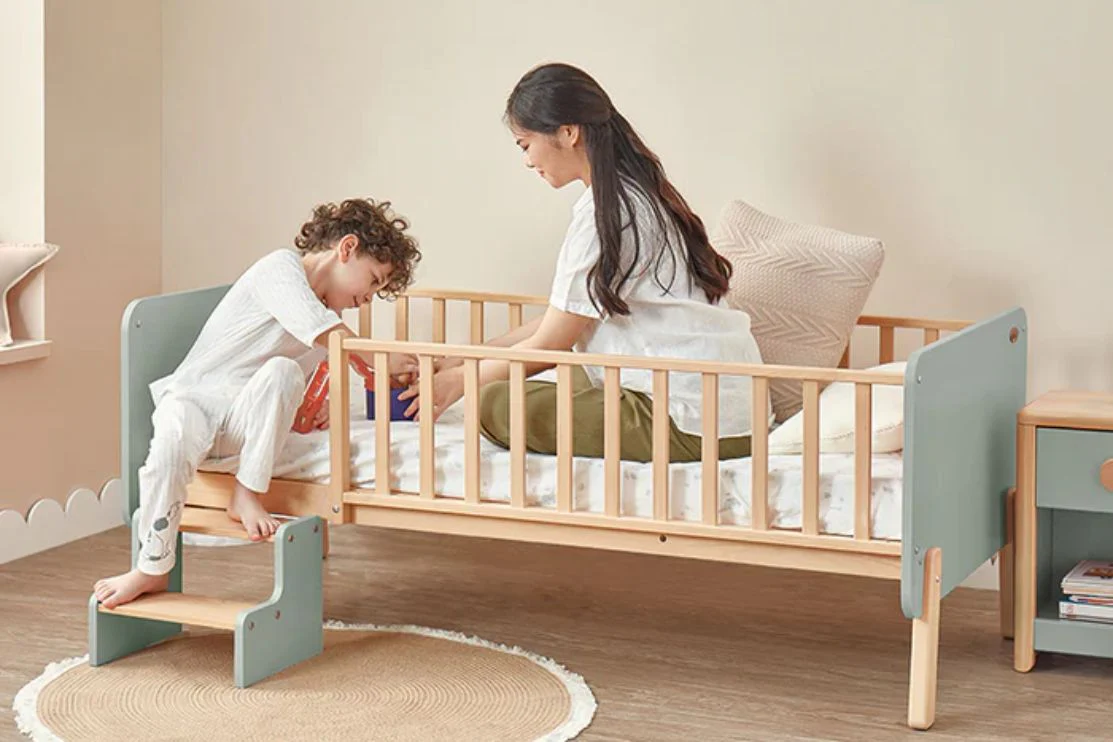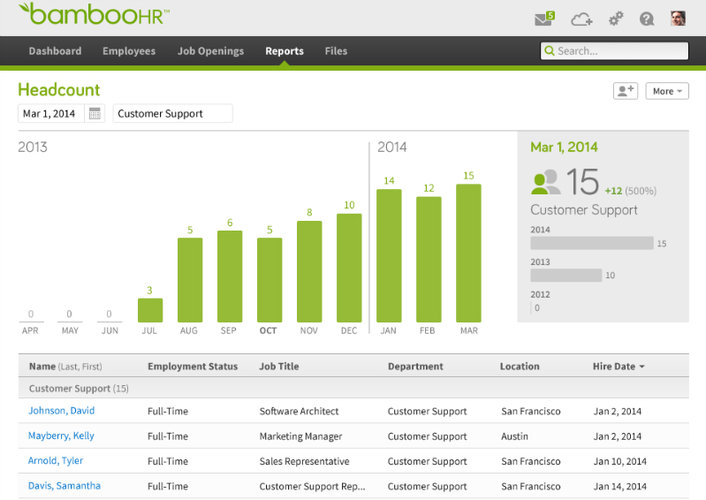Watching your little one transition from a crib to a “big kid” bed is one of those bittersweet parenting milestones. It’s exciting, adorable, and a little emotional all at once. But amidst the flurry of shopping for new sheets and picking out the cutest bed frame, there’s one critical component that deserves your full attention: the toddler bed mattress.
Choosing the right toddler mattress isn’t just about comfort — it’s about supporting healthy sleep habits, ensuring proper development, and keeping your child safe through these important early years. Let’s dive deep into what makes a toddler bed mattress truly great and how you can pick the best one for your child.
Why the Right Mattress Matters for Toddlers
Toddlerhood is a whirlwind of growth and development. During these years (ages 1–3), your child’s bones are hardening, their muscles are strengthening, and their brains are making trillions of new connections. Quality sleep isn’t a luxury — it’s a biological necessity.
A supportive, comfortable mattress:
- Promotes proper spine alignment
- Reduces tossing and turning
- Supports bone and muscle growth
- Encourages longer, deeper sleep
- Minimizes risk of injury from poor support or unsafe materials
Investing a little extra time (and money) into finding the right mattress can make a world of difference not only for your toddler’s health but also for your own sleep quality — because a well-rested toddler means better nights for everyone.
What Size Mattress Does a Toddler Bed Use?
Before we get into the nitty-gritty features, let’s talk about sizing. Most toddler beds use a crib-sized mattress, which measures approximately 28 inches by 52 inches.
If you already have a crib mattress from your baby’s crib that’s still in good condition, you might be able to reuse it! However, if the mattress is sagging, stained, or over five years old, it’s worth buying a new one. A fresh mattress ensures that your toddler gets the support they need without risks from wear and tear, allergens, or outdated safety standards.
Pro Tip: Always double-check the manufacturer’s recommendations for the bed frame you’re using. Some toddler beds, especially custom or themed beds, may have slightly different sizing requirements.
Key Features to Look for in a Toddler Bed Mattress
Choosing a mattress for a toddler is a little different from buying one for an adult. Here are the most important factors you should consider:
1. Firmness
Many parents assume that a softer mattress is better because it feels cozy. However, toddlers need firm mattresses to support their growing bones and prevent sinking, which can be dangerous. A good toddler mattress should feel firm yet comfortable — think supportive, not stiff.
2. Materials
Mattress materials can impact comfort, durability, and safety. Look for:
- Organic materials: Organic cotton or natural latex are great choices if you’re concerned about chemicals.
- Certifications: Certifications like Greenguard Gold or CertiPUR-US guarantee low emissions of volatile organic compounds (VOCs) and safer materials.
- Hypoallergenic properties: Mattresses made with hypoallergenic materials can help protect against allergies, especially if your toddler has sensitive skin or respiratory issues.
3. Breathability
Toddlers run warm. A breathable mattress helps regulate body temperature and prevents overheating, which can disrupt sleep and pose safety risks. Some mattresses come with special airflow designs or moisture-wicking covers to keep your little one cool and comfortable.
4. Waterproof or Water-Resistant Cover
Accidents happen — often. Whether it’s potty training mishaps or nighttime spills, a waterproof or highly water-resistant mattress cover can be a game-changer. It makes cleaning up easy and protects the mattress from damage and bacteria growth.
Many mattresses come with a removable, washable cover, or you can purchase a separate waterproof mattress protector.
5. Dual-Sided Design
Some toddler mattresses feature a dual-sided design: one firm side for infants, and a slightly cushier side for toddlers. These “2-stage” mattresses can save money by adapting to your child’s needs as they grow, although they’re slightly pricier upfront.
6. Safety Standards
Always make sure the mattress meets or exceeds all safety standards set by the Consumer Product Safety Commission (CPSC). This includes flammability standards, crib safety regulations, and proper sizing to avoid gaps between the mattress and the bed frame.
Top Types of Toddler Bed Mattresses
There are a few different types of toddler mattresses to consider, each with its pros and cons:
Innerspring Mattresses
These traditional mattresses use steel coils for support and are often topped with a thin foam or fabric layer. They’re durable and supportive but tend to be heavier and sometimes noisier.
Best for: Parents who want maximum firmness and long-lasting support.
Foam Mattresses
Foam mattresses are lightweight, affordable, and often more breathable than you might think, especially if they have ventilation holes or cooling technologies.
Best for: Families looking for a budget-friendly, easy-to-move option.
Organic Mattresses
Made from natural materials like organic cotton, wool, and latex, organic mattresses are free from harmful chemicals. They’re usually hypoallergenic and eco-friendly but come with a higher price tag.
Best for: Health-conscious parents and eco-friendly households.
Hybrid Mattresses
Hybrid models combine innerspring coils with foam or latex for a balance of support and comfort. They’re often more breathable and supportive but can be expensive.
Best for: Parents looking for the “best of both worlds.”
How Much Should You Spend on a Toddler Bed Mattress?
Toddler bed mattresses range from about $50 to $300 or more. Here’s a quick guide to help you set expectations:
- Budget (<$100): Basic foam or innerspring models. Fine for short-term use but may not last as long.
- Mid-Range ($100–$200): Better materials, waterproof covers, possibly dual-sided. Ideal for most families.
- Premium ($200+): Organic or specialty mattresses with advanced safety and comfort features.
It’s tempting to splurge, but remember: your toddler will likely outgrow this mattress within 2–3 years. Aim for a balance between quality and cost.
Signs It’s Time to Replace a Toddler Mattress
If you’re reusing a crib mattress or planning to pass down a toddler bed to a younger sibling, pay attention to these signs that a replacement might be needed:
- Visible sagging or lumps
- Ripped or torn cover
- Mold or mildew smell
- Stains that won’t come out
- Past recalls (always check online for recalls!)
When in doubt, it’s safer to replace the mattress.
Quick Tips for Transitioning to a Toddler Bed
Once you have the perfect mattress, the transition process becomes smoother — but a few tricks can help even more:
- Let your toddler be part of the setup process.
- Add familiar bedding or a favorite stuffed animal.
- Keep the new bed in the same place the crib was, if possible.
- Use bed rails if needed for extra security.
- Be patient — it can take a few nights (or weeks) for your child to adjust.
Final Thoughts
Choosing the right toddler bed mattress isn’t just another parenting task to check off your list. It’s an opportunity to give your child a foundation of restful sleep that helps them grow, thrive, and be the happiest, healthiest version of themselves.
Focus on firmness, quality materials, and safety, and you’ll have a mattress that keeps your little one dreaming sweetly — and gives you a little more peace of mind too.
YOU MAY ALSO READ. https://www.anytimemagazines.com/augie-martinez-lehigh/




